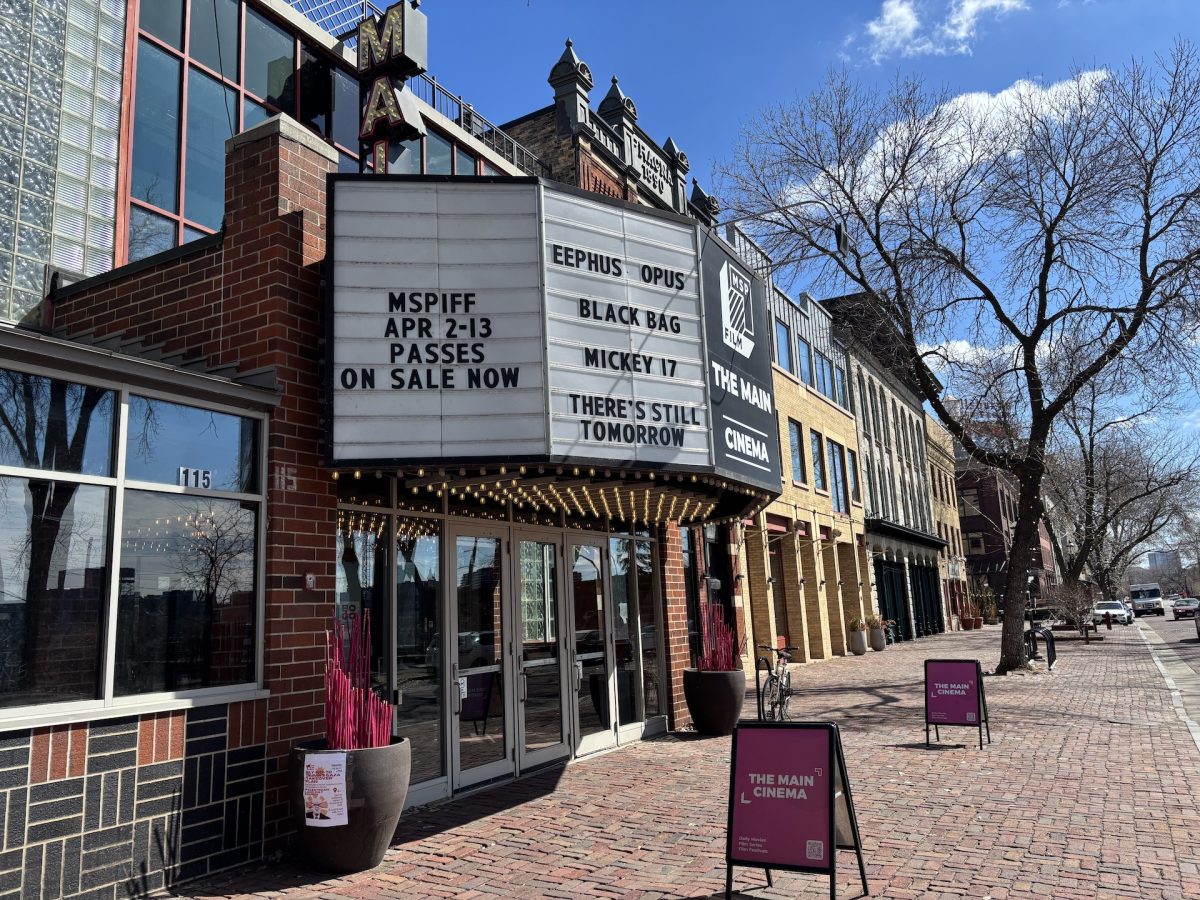.The mind thinks of strange things in art museums, as it attempts to process varied messages and as personal perspective strives to confront artistic intent.
The late Minnesota artist Charles Biederman’s work, now on display at the Weisman Art Museum in the current exhibit “Charles Biederman (1906-2004): In Memoriam,” suggests the doctrine of chaos theory, made popular by the 1993 Steven Spielberg dinosaur blockbuster.
Fascinated by the fundamental laws of nature, the exhibit offers a concise dissection of Biederman’s career. The artist moved from the Art Institute of Chicago to New York and then on to a one-year stint in Paris. Along the way, he flirted with several media and artistic approaches before finally seeing his abstract modernist approach come to fruition during his six decades in Red Wing, Minn.
Located in two galleries of the Weisman Art Museum, the first section of the exhibit runs the length of the main hallway, offering two chronologies simultaneously.
On the left, you can see the progression of Biederman’s earlier career. Between 1926 and 1929, he honed his craft with still lifes before moving on to self-portraits, which reflect his evolution from surrealism to abstractionism, from works featuring a distorted reality to works that stand apart from reality.
To the right, patrons can observe the development of Biederman’s far-more-acclaimed and interesting pieces, involving alternative media and the laws of nature Biederman would later come to study and write about.
Created between 1968 and 1971, these pieces are constructed from atypical materials, such as wood, string and plastic, and each clearly captures an artist fascinated with not only the interplay of lines, shapes, light, space and color, but also the very act of creating an artwork.
As the pieces become more complex, their compositions become more vague and unclear, begging the question of where the art ends and the presentation begins. These wood constructions increasingly challenge the very artistic process and call into question the nature of artistic representation.
The second part of the exhibit, in the museum’s back corner, culminates both movements of Biederman’s career.
Additional self-portraits and cubism-inspired paintings document Biederman’s systematic abandonment of formal art, interested instead in pushing the boundaries of space, color and, as the museum brochure says, “non-representational images of organic forms” to a new frontier.
As might be expected, Biederman eventually had to abandon paint and formal presentation altogether, leading to his later, painted aluminum works that protrude from the wall, taking on a life all their own.
In the two most-prominent samples of these works, “#5” and “#4,” made in 1983 and 1990, respectively, his mysterious, aluminum cubes intersect and spiral out toward the spectator, fully emerged from the one-tone background in the first work and seemingly rupturing from beneath the surface in the second.
It is through these works that Biederman’s themes, involving the randomness but also the patterns of nature, become clearest and instantly identifiable, a fusion of his naturalistic philosophies and determination to break conventional art form.
So identifiable, in fact, that in walking out of the museum, the eye is immediately drawn to another Biederman piece housed outside the main exhibit in an adjoining gallery, his unmistakable form and style sure to make a lasting mark on anyone who sees it.







